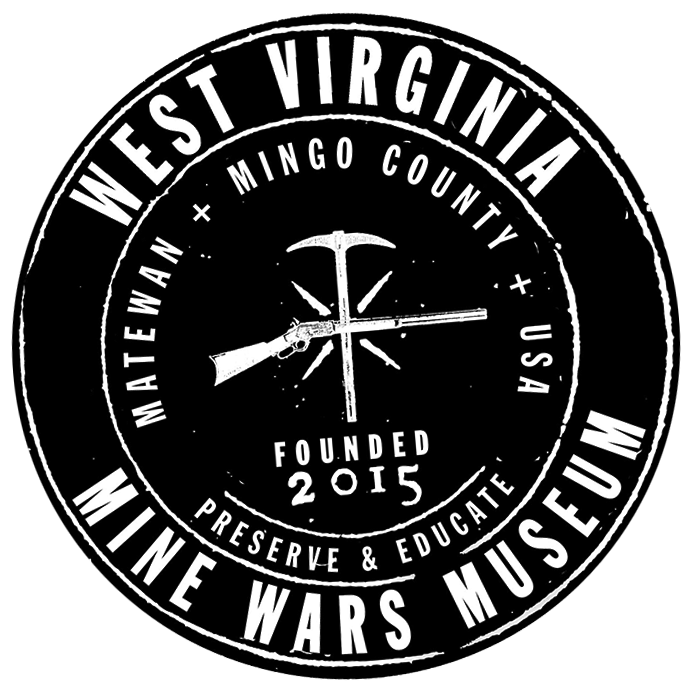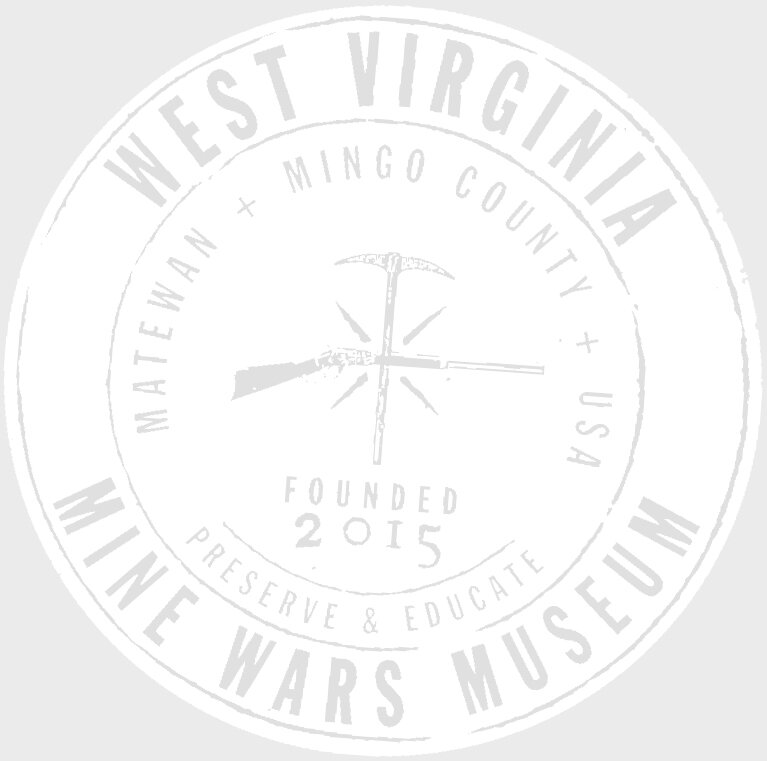The West Virginia Mine Wars are a dramatic
and often overlooked chapter of American history…
In the early 1900’s in the coal fields of southern West Virginia, miners faced desperate circumstances. Below ground they withstood some of the worst working conditions in America. Above ground they dealt with brutal mine guards and a mine guard system that controlled the politics and economy of the region.
Mountaineer families from the nearby hollows, African Americans from the Deep South, and immigrants from places like Hungary and Italy all came together to fight for the right to unionize and for their basic constitutional rights.
While many know that the coal from West Virginia powered the industrial revolution and helped to make America the most powerful economic force in the world, very few people know of the struggle that took place in these mountains, in this place, and the rights that miners fought for between 1900 and 1921.
From the Paint Creek & Cabin Creek Strikes (1911-12) to the Battle of Blair Mountain (1921)—the largest armed insurrection in U.S. history outside the Civil War—the West Virginia Mine Wars are a collection of rich, historical treasures tucked away in these mountains.
While the limelight of history may focus on people like J.P. Morgan and Andrew Carnegie, and what these captains of industry did to build America, it is far past time that we focus on names like Sid Hatfield and Mother Jones, and look at their very significant contributions to the fabric of our nation’s history.
“This history has a true power to bring all kinds of people together.”
Image from a set of photographic print postcards depicting various scenes from the Battle of Blair Mountain, assumed to have been the work of a photographer embedded with the US Army | collection of Kenny King.
What we mean when we say "Rednecks"
Although the word has many claimed origins in the United States, the slang term “redneck” crystalized in the militant labor union movement in the central Appalachian coal fields at the turn of the 20th century. Specifically, the red bandana became a physical symbol of solidarity within the multi-ethnic striking coal miners on the 1921 armed march that erupted into open conflict on Blair Mountain (Logan County, West Virginia) in August of that year.
Those who joined the march wore a range of impromptu battle attire, ranging from their daily work clothes to US Army uniforms fresh from their overseas service in the first World War. As an act of visual solidarity, and as a critical battlefield signifier, these striking miners donned commonly-available red bandanas around their necks — bandanas which have become a distinctly American piece of apparel, always patterned with paisley, a motif with a direct lineage to ancient Persian textiles.
On Blair Mountain, these workers fought a guerilla war in the forest for days against a well-armed vigilante army led by regional, ruling class elites in the pocket of the coal industry, who themselves wore white armbands. Those folks called the miners who had finally picked up weapons to fight for their basic human rights “rednecks” because of the bandanas they wore, and they would shoot, gas, and bomb them from private airplanes until the US Army arrived to defuse the war.
““I call it a darn solid mass of different colors and tribes blended together, woven, bound, interlocked, tongued and grooved and glued together in one body.””




